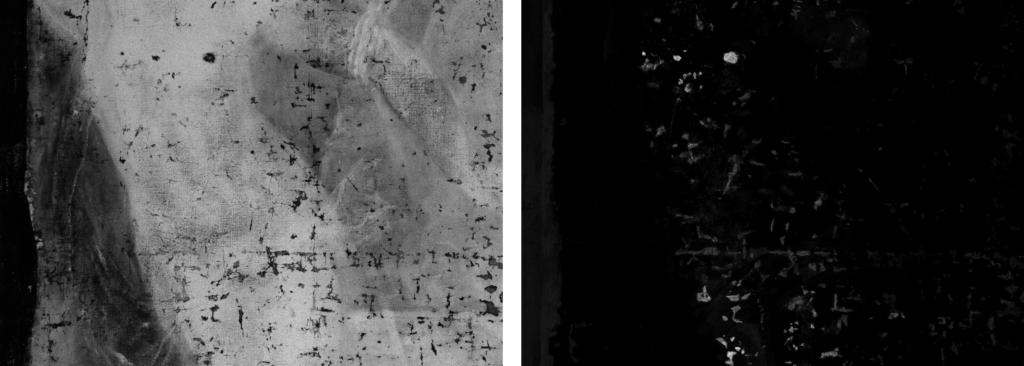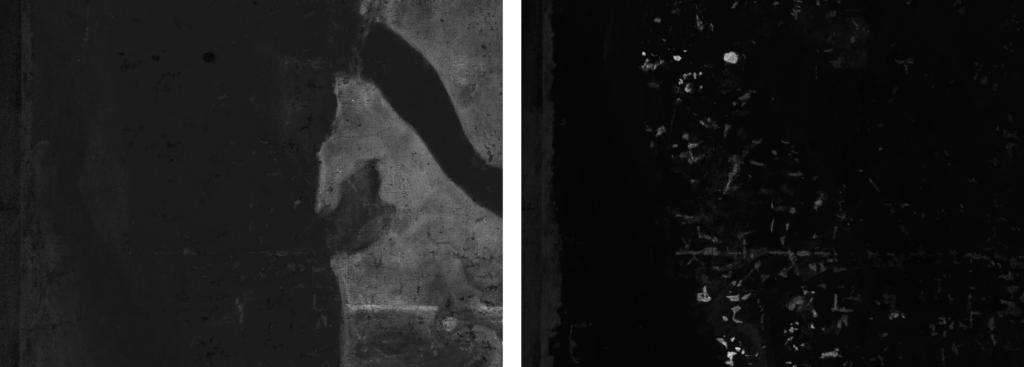ARTICT - Pigment Identification using Machine Learning
Challenge
As a painting ages, parts of its pigment layers fall off or lose their original colors, due to chemical interactions with the surrounding environment.To maintain the completeness and vividness of the paintings, art conservators and restorers fill in areas of paint loss or repaint discolored areas. Identifying the pigments used in the creation of the artwork as well as differentiating between retouched and original areas of a painting are crucial in preserving it, reviving it and understanding its history. In recent decades non-invasive material detection techniques (e.g. X-ray fluorescence, abbreviated as XRF) have gained momentum throughout the cultural heritage scientific community. In the context of art conservation, these techniques allow for the detection of elements present in paintings under study; more precisely, algorithms designed for material detection (e.g. see Case Study 2) process the XRF “data cube” and provide elemental maps (see Fig. 2 below) indicating the presence of various elements across the painting. However, even with the help of elemental maps, it is still a challenging task to identify pigments (typically compounds or mixtures of compounds that consist of several elements) and thereby distinguish retouched areas, based on the scrutiny of elemental maps one by one.

Approach
In this project, we use a wavelets-based representation to take advantage of the similarity between the maps for different elements in the spatial domain (joint sparsity in the wavelet representation) to provide pigment-mixture maps. These maps can be used by the investigators to both “read” the pigments (each of which is typically already a compound of several elements) used by the artist to create the painting, and identify retouches or fills in an automatic fashion (see Fig. 3 below).
